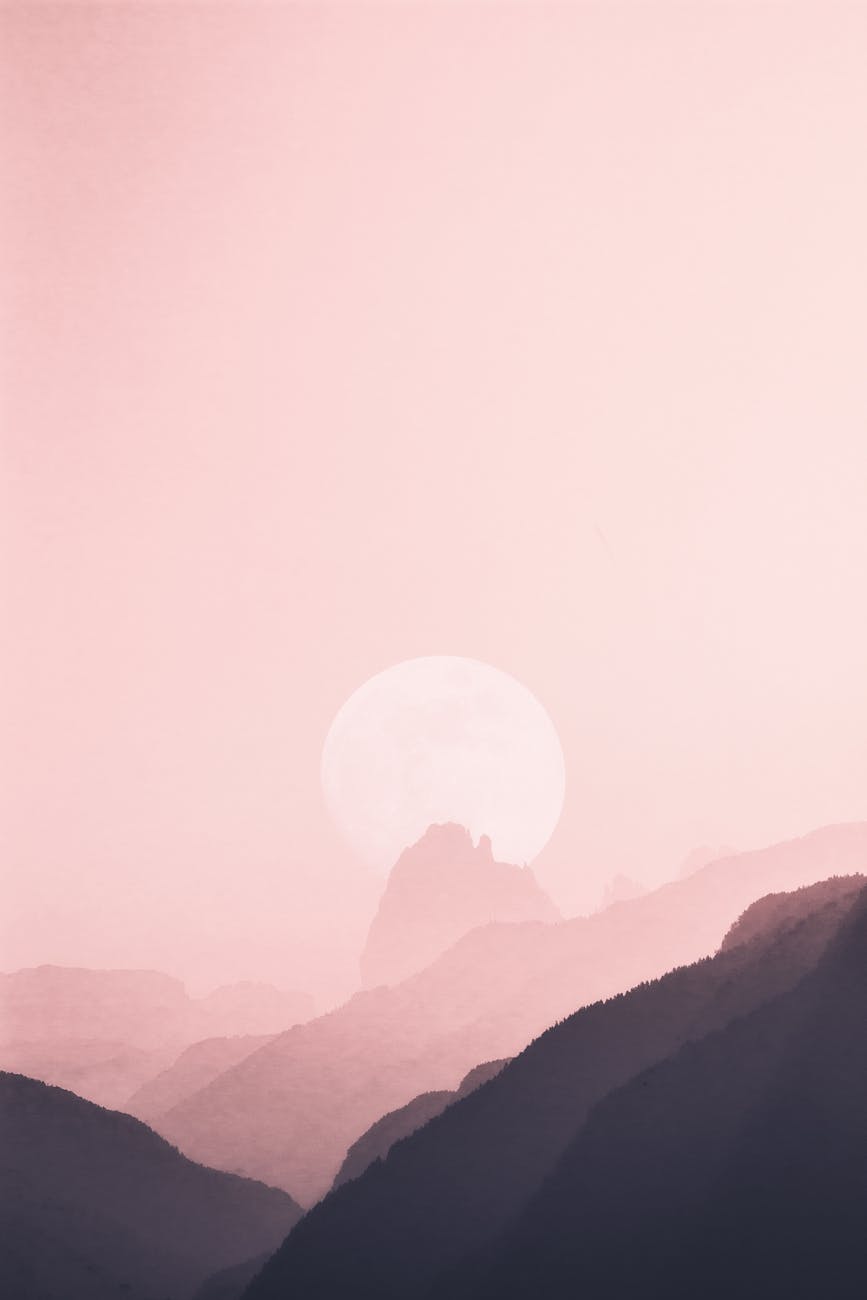The moon has always been more than a celestial body. It is a companion in the night, a silent observer of our dreams and secrets. In every phase, it holds a different story, a unique magic. For millennia, humanity has gazed at the moon and found inspiration, mystery, and healing. It pulls at our oceans and our emotions, weaving its way through myths and rituals like silver thread.
Let us wander through the myths of the moon, its many faces and powers, and discover how its ancient lore can still guide us today.
The Moon as a Goddess
In countless cultures, the moon is personified as a goddess, a luminous deity whose light touches everything. The Greeks knew her as Selene, who drove her chariot across the night sky. To the Romans, she was Luna, watching over the world with a pale and nurturing glow. And in East Asia, the moon goddess Chang’e is said to reside on the moon itself, a figure of grace and immortality.
These goddesses remind us of the moon’s feminine energy, a force tied to intuition, creation, and renewal. They inspire us to embrace our own cycles and rhythms, to see change not as an end but as part of a larger, beautiful pattern.
Phases of Power: The Moon’s Changing Face
The moon’s phases have long been seen as metaphors for life’s cycles. The waxing moon is a time of growth and intention, when energy builds like a rising tide. The full moon, radiant and powerful, represents culmination and abundance. And the waning moon, as it fades to darkness, whispers of release and reflection.
In many traditions, rituals align with these phases. New moons are perfect for setting intentions, planting seeds for the future. Full moons invite us to celebrate and release energy, while the dark moon calls for quiet introspection.
The Moon’s Healing Touch
The moon is often associated with healing, both physical and emotional. Its cool, soothing light has been thought to calm the mind and body. In Ayurvedic tradition, moonlight is said to balance fiery energies, promoting peace and rejuvenation. Even the act of moon-gazing—simply standing under its light—can feel like a balm for the soul.
In folklore, moonlit water holds special power. Known as lunar water, it is created by leaving water out under the moon’s glow, allowing it to absorb the moon’s energy. This charged water is then used for blessings, cleansing, and even as a ritual drink.
Myths of the Moon’s Influence
The moon’s pull is not just poetic; it is literal. Its gravity shapes our tides, and its phases have long been believed to influence human behaviour. The word “lunacy” comes from the Latin “luna”, reflecting the belief that the full moon can stir our emotions and instincts.
In folklore, the moon has often been linked to transformation. Werewolves are perhaps the most famous example, humans shifting shape under the full moon’s gaze. But this transformation is not always monstrous. In many myths, the moon transforms lives in subtler ways, nudging people toward truth, creativity, and change.
Bringing Lunar Magic into Your Life
You don’t have to be an ancient priestess or a folklorist to harness the moon’s magic. Small, meaningful rituals can connect you to its energy:
- Moon Journaling: Write down your intentions during the new moon and reflect on your progress under the full moon.
- Moon Bathing: Spend time under the moonlight, letting its glow wash over you. This is a practice as simple as it is profound.
- Lunar Altars: Create a space with symbols of the moon—crystals, candles, and images—to focus your energy and intentions.
The Moon Awaits
The moon has always been a guide, a reminder that we are part of something larger than ourselves. Its light cuts through the darkness, a silver thread connecting us to the past, to nature, and to our own inner worlds. Whether you seek healing, inspiration, or simply a moment of stillness, the moon is always there, waiting to share its quiet wisdom.


Leave a Reply